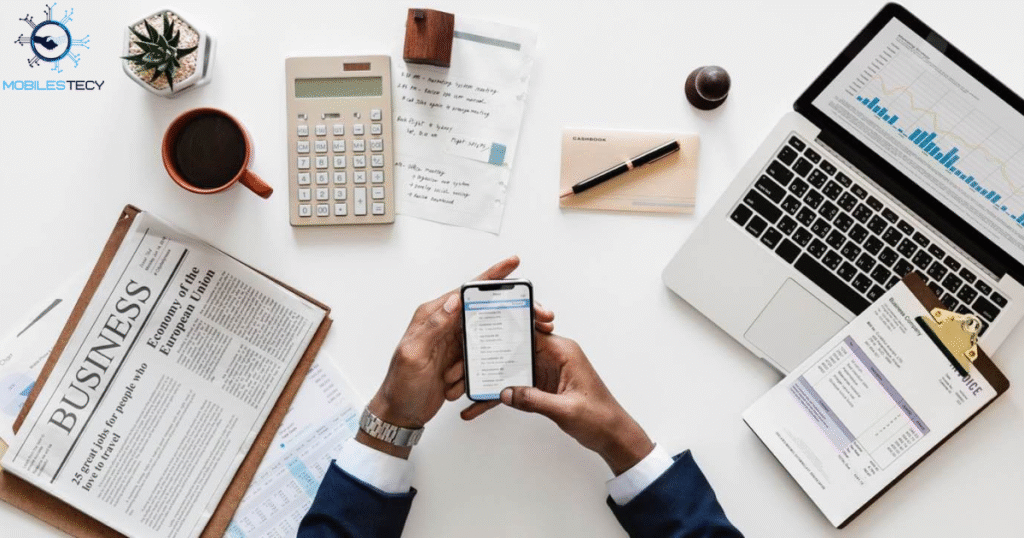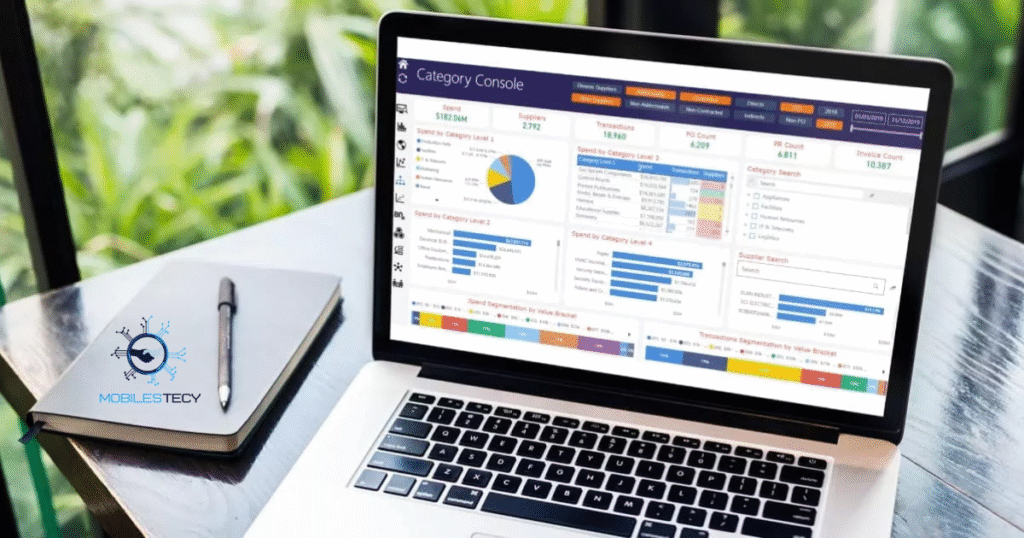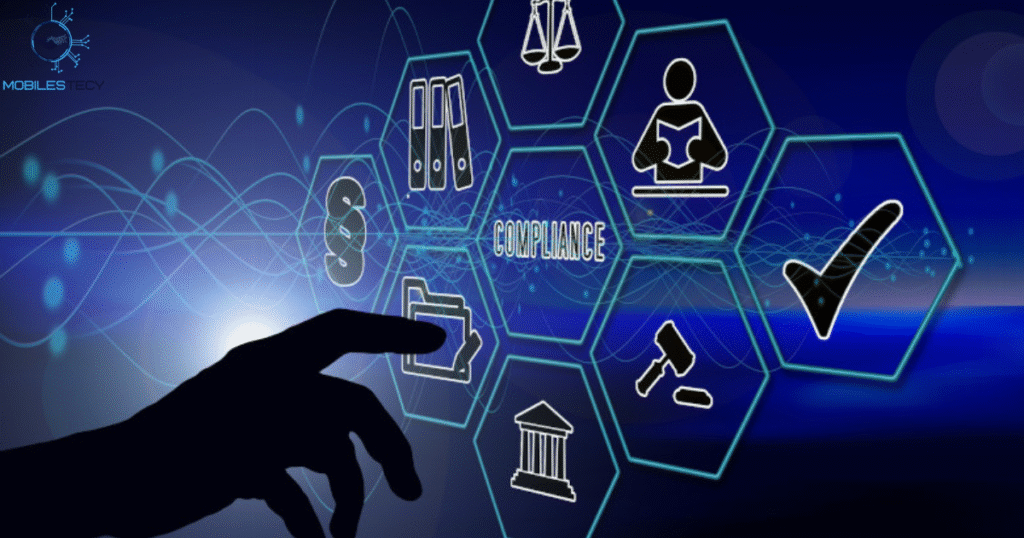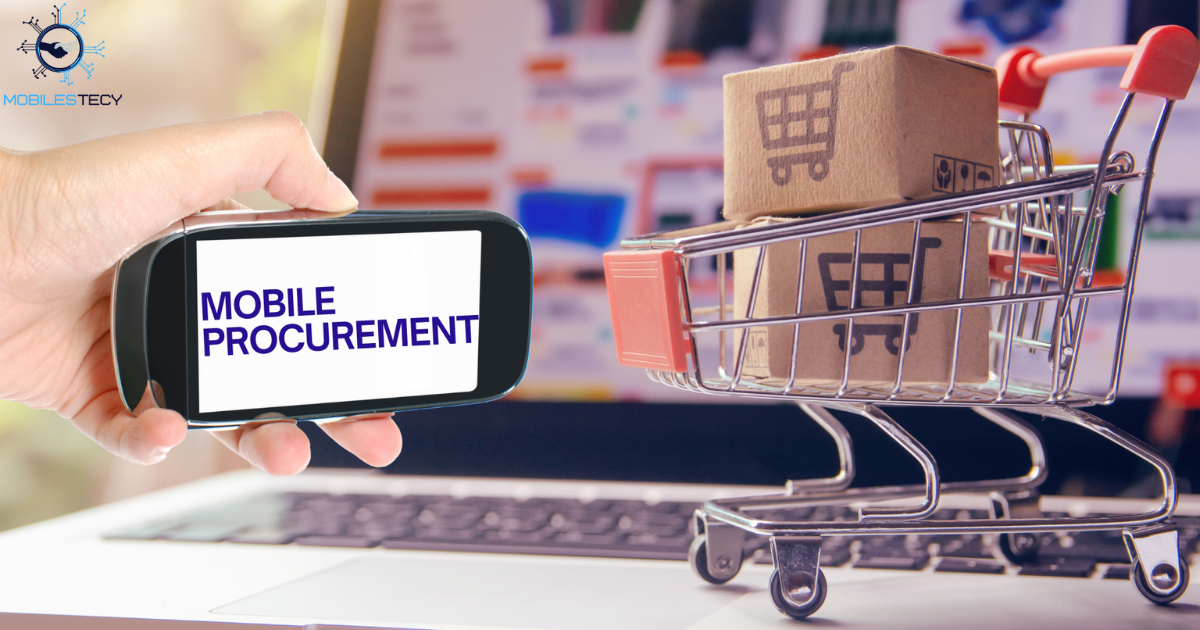Mobile procurement technology transforms how businesses manage purchasing processes today. With smartphones and tablets, procurement becomes faster, more efficient, and accessible. It enables approvals, orders, and vendor communication from virtually any location. This shift enhances agility, allowing companies to respond swiftly to market needs. As global trade accelerates, mobile tools bring vital flexibility to supply chains.
Procurement has traditionally relied on desktops and manual systems for decades. Such methods often led to delays, errors, and limited visibility overall. Mobile technology now solves these issues by offering real-time process control. From requisition to payment, every step becomes quicker and more transparent. Mobile platforms provide instant access, supporting smarter decisions across all departments.
Organizations adopting mobile procurement enjoy measurable improvements in productivity and savings. They streamline approvals, reduce maverick spending, and ensure compliance with policies. Mobile apps simplify complex tasks, allowing procurement to become more strategic. By minimizing delays, businesses avoid missed opportunities and supplier relationship issues. This technology is now essential for digital transformation in modern enterprises.
Benefits of Mobile Procurement Technology

Mobile procurement improves speed and eliminates delays in daily purchasing activities. Managers approve requests instantly from mobile devices regardless of their location. This reduces downtime, streamlines workflows, and accelerates overall procurement cycles. Faster approvals allow businesses to take advantage of early payment discounts. It also ensures better inventory availability and fewer production line stoppages.
Cost savings increase when procurement operations become smarter and more efficient. Organizations can avoid late fees, overordering, and contract compliance issues. Purchases follow approved vendor lists, reducing instances of maverick spending. Real-time data visibility supports better budgeting and financial forecasting efforts. Teams gain stronger negotiating power by understanding spend patterns in depth.
Mobile procurement supports better decision-making and real-time operational visibility. Data from various departments is consolidated and accessed through mobile dashboards. Procurement teams act proactively instead of responding to problems after they happen. Supplier performance can be monitored continuously from anywhere in the world. These insights lead to more strategic sourcing and stronger vendor relationships.
- Mobile procurement enables faster approvals directly from smartphones or tablets anywhere.
- Real-time alerts notify managers of pending requests, approvals, or policy breaches.
- Users can access supplier catalogs with pre-approved prices and product options.
Real-Time Access and Decision-Making
Mobile procurement allows instant access to purchasing data from any location. This empowers managers to make faster decisions without physical office dependency. Real-time updates improve response times during urgent purchasing or vendor issues. Speed helps reduce project delays and maximizes productivity across departments.
With continuous connectivity, teams can approve requisitions during business travel or meetings. Important tasks aren’t delayed waiting for someone to return to their desk. Faster approval cycles ensure organizations capture time-sensitive supplier discounts and deals. Mobile decisions drive better timing, coordination, and overall procurement performance.
Essential Capabilities of Mobile Procurement Platforms

Modern mobile procurement solutions offer a comprehensive, end-to-end purchasing experience—from initial requisition to final payment approval. Employees can easily create and approve requests while receiving instant updates on order progress. Interactive dashboards provide detailed spending insights, compliance notifications, and approval tracking, ensuring complete visibility throughout the process. Built-in supplier catalogs make it simple to browse and select authorized vendors and pre-approved products.
These platforms integrate seamlessly with ERP, accounting, and inventory management systems, creating a unified workflow across business functions. Automated data sharing eliminates repetitive manual entry and ensures consistent, accurate information flow between departments. This connection enhances efficiency, simplifies auditing, and supports stronger compliance with organizational policies. The result is a streamlined procurement process that keeps purchasing operations transparent, efficient, and policy-driven.
Advanced security measures safeguard confidential procurement and financial data accessed via mobile devices. Features like two-factor authentication, encryption, and controlled remote access prevent unauthorized use. Centralized dashboards let administrators define permissions and monitor activities in real time. Comprehensive audit trails ensure every transaction is recorded for accountability and regulatory oversight. Through secure cloud connectivity, mobile teams can manage procurement tasks confidently and safely from anywhere in the world.
Enhanced Supplier Relationship Management
Mobile procurement platforms make supplier communication faster, clearer, and more efficient. Procurement teams can instantly connect with vendors to resolve issues, confirm deliveries, or adjust orders. This level of responsiveness reduces errors and strengthens long-term partnerships built on trust and reliability.
With mobile analytics, buyers can assess supplier performance using up-to-date metrics such as delivery accuracy, fulfillment speed, and contract adherence. These insights allow teams to refine sourcing strategies, negotiate better terms, and ensure quality service.
Enhanced Compliance and Policy Enforcement

Mobile procurement ensures purchases follow internal policies and approved vendor lists. Employees are guided to buy only from authorized suppliers or catalogs. This reduces unauthorized spending and helps maintain regulatory and policy compliance. Organizations gain tighter control over purchasing activities across all departments.
Audit trails record every mobile transaction for internal reviews and audits. Approvals, edits, and payments are logged and time-stamped for full transparency. Managers can access these records quickly during compliance checks or investigations. This traceability helps enforce rules and supports governance efforts company-wide.
Challenges in Implementing Wireless Procurement Technology
Security remains a top concern for companies adopting mobile procurement solutions. Procurement involves sensitive data, including financials, contracts, and supplier terms. Without proper encryption and safeguards, data breaches can cause major losses. Firms must invest in cybersecurity tools and employee awareness training programs. Compliance with data privacy laws is also critical to reduce liability.
Adoption may lag if employees resist changes or lack training and support. Mobile interfaces must be intuitive, user-friendly, and optimized for functionality. Training programs should be ongoing, not just offered during system rollouts. Organizations must provide tech support for questions or troubleshooting issues. Clear communication helps build trust and promote long-term platform engagement.
Wireless Procurement systems depend heavily on stable internet connectivity and uptime. In remote locations or developing areas, this can become a limitation. Offline functionality or hybrid models may be necessary in certain industries. Reliability directly affects the ability to process urgent or time-sensitive orders. Businesses must evaluate connectivity infrastructure before rolling out mobile systems.
- Mobile dashboards provide instant visibility into procurement KPIs and budget limits.
- Integration with ERP systems keeps procurement aligned with inventory and finance.
- Mobile procurement increases collaboration between procurement teams and key suppliers.
Integration with Enterprise Systems

Mobile procurement apps connect easily to ERP and accounting software systems. They pull and push real-time data between departments and digital platforms. This integration reduces manual input and eliminates costly human errors. It also keeps procurement aligned with inventory and budget planning processes.
When data is centralized, procurement decisions become faster and more strategic. Finance teams can instantly verify budgets before approvals are finalized on mobile. Inventory updates occur automatically, avoiding excess or duplicate ordering problems. Connected systems drive efficiency, accuracy, and visibility throughout the supply chain.
- Secure authentication methods protect sensitive procurement and supplier contract information.
- Offline functionality allows procurement activities even in low-connectivity environments.
- Mobile interfaces are intuitive, encouraging faster user adoption across departments.
- Procurement teams can track order status and delivery timelines in real time.
- Mobile solutions support strategic sourcing by analyzing supplier performance metrics.
Faq’s
What is mobile procurement technology and why is it important today?
Mobile procurement allows purchasing tasks from smartphones, improving speed and accessibility.
How does wireless procurement integrate with existing ERP or finance systems?
Mobile apps connect with ERP platforms to sync purchasing, finance, and inventory. This ensures real-time data sharing and reduces manual entry or errors.
Is wireless procurement secure for handling sensitive financial and supplier data?
Yes, mobile platforms use encryption, authentication, and secure cloud-based storage. Role-based access and audit logs also protect transactions and user activities.
Can wireless procurement systems work offline in remote or low-signal areas?
Some systems offer offline features to manage approvals and submit requests. Data automatically syncs once internet access is restored or reconnected.
What types of organizations benefit most from wireless procurement solutions?
Industries like manufacturing, retail, healthcare, and construction see great advantages. Any organization needing speed, control, and visibility in procurement can benefit.
Conclusion
Mobile procurement technology is transforming how modern businesses manage their purchasing. It brings speed, convenience, and real-time control to procurement operations. Organizations can respond quickly to needs, even while on the move. This flexibility ensures improved efficiency, better compliance, and faster decision-making power. As supply chains grow complex, mobility becomes a critical competitive advantage.
Adopting mobile procurement supports smarter spending and stronger vendor relationships overall. It reduces risks, lowers costs, and improves communication across all departments. With mobile access, procurement teams stay informed and connected at all times. Leaders gain valuable insights through real-time analytics and performance monitoring tools. Such tools help align procurement strategy with broader business transformation goals.
The future of procurement lies in intelligent, mobile, and integrated solutions. As technology advances, mobile systems will offer more automation and intelligence. Businesses embracing mobile tools now will lead in agility and innovation. They’ll build supply chains that are resilient, responsive, and future-ready today. Wireless Procurement is not optional—it’s essential for digital growth and success.
Read more latest Articles on Mobilestecy.com








